The basics of altitude seem like the most basic aspect of flying: As long as you’re in the air, isn’t that good? But working with the realities that come with different altitudes are much more complicated. To become a truly efficient and safe pilot, you should understand how various altitudes affect flying, as well as the decisions you must make while behind the controls.
First, it’s important to differentiate between flight levels and altitude. Flight level is the altitude of the aircraft at standard air pressure. This is calculated with the International Standard Atmosphere pressure, which is 1013.25 hPa in the United States. There’s a lot to study about air density and its relationship to altitude and piloting awareness, especially during the training phase, but for the purposes of this article, we will mostly focus on altitude as it relates to elevation or sea level.
The Importance of Understanding Altitude
This even goes beyond knowing that life is different flying in the mountains than at sea level. How to contend with these conditions and what kind of variables to watch for is key. Respecting the weather, the impact on fuel consumption, and the effect of drag are all part of best operating an aircraft either at high altitudes or closer to the ground. Generally speaking, flying at higher altitudes means higher airspeed because of less drag.
Of course, the type of aircraft you are flying will come into play as you work with flying at different altitudes, as will the amount of weight you are carrying. But realities of aerodynamics and physics remain the same. No matter if you are flying a light sport airplane or a fighter jet capable of touching the edge of space, seriously addressing differences in altitude can make the difference between a safe and enjoyable flight or a costly set of errors.
Flying Below Sea Level
A few airports in the United States are located below sea level, including one at Death Valley, and Imperial County Airport, which is the winter base for the Blue Angels. Some pilots who fly in wide areas which are below sea level, such as the Middle East, report malfunctions of the navigation systems, which tend to assume flight operations above 0.
Air pressure, temperature, and humidity all have a role to play in how altitude affects flying conditions here; to put it in simple terms, moist air is not as dense as air which is dryer. So even though you may experience heavy humidity and heat as close to the skin, because water vapor weighs less than the gasses which comprise dry air, it is lighter. This impacts pre-flight calculations.
Flying Close To Sea Level
Just south of New Orleans is South Lafourche Leonard Mill Jr Airport, which is exactly zero miles above sea level. If you’ve ever wanted to see an altimeter at a perfect 0, here’s where to get your kicks.
Flying close to sea level is a good way to become educated about the impact of humidity and temperature on a flight plan. As pilots begin to learn about the flight envelope, or performance limits, of an aircraft, they will become educated about “coffin corner,” which is the point where the aircraft’s stall speed is equal to its critical Mach speed, or as fast as the airplane can go at a certain weight and G-force load. The airplane cannot go any faster than its stall speed, so no matter how much power the aircraft has, the airplane will stall at that altitude. It is the aerodynamic ceiling of the aircraft.
Flying at High Altitudes
Flying at high altitudes is an experience which the majority of near-sea level general aviation pilots will not experience just as they receive their license. Taking to the skies in the higher part of Earth’s atmosphere calls for special training, and the FAA requires supplemental oxygen of pilots flying above certain altitudes for more than half an hour. However, becoming familiar with the realities of piloting in thinner air or mountainous terrain will serve as strong preparation for the actual undertaking of it, should the opportunity arise.
High density altitude is a concern at higher elevations on days when the air temperature and humidity are also high. It compounds the problems of flying at much higher altitudes, making the aircraft seem as if it were flying at an even higher part of the atmosphere.
Lake County Airport in Leadville, CO, is the highest public use airport in America. Located at 9,934 feet above sea level, it is a hub for high altitude training and testing. Climbs are usually slow out of Leadville, and pilots not accustomed to the altitude must take extra care to ensure their fuel mix is properly calibrated for efficient engine performance.
Climbing to higher altitudes can avoid the traffic of lower altitudes and translate to less drag, as well as less turbulence. That means decreased consumption of fuel, and, depending on the jet stream, can also mean the availability of tailwinds. It also enables pilots to soar over thunderheads or other inclement weather. However, flying at these levels comes with a different set of risks.
High Altitude and Hypoxia
Another aspect of high altitude flying to become aware of is the danger of hypoxia. Hypoxia is a lack of oxygen in the bloodstream. It is especially deadly to pilots because by the time symptoms of it register in the brain, the body is already suffering from decreased oxygen. It can lead to blurred vision, poor decision making, an inability to speak clearly, and lightheadedness. Explosive or sudden depressurization in an aircraft can quickly lead to this condition.
Some aircraft are equipped with avionics systems which alert pilots if no keystrokes have been made after a certain amount of time, followed by an autopiloted descent to a lower altitude. Pulse oximeters can also provide checks on the amount of oxygen in the blood. However, avoiding situations in which hypoxia can occur is the safest way to avoid it.
Ready to soar in your aviation career?
Mr. Matthew A. Johnston has over 23 years of experience serving various roles in education and is currently serving as the President of California Aeronautical University. He maintains memberships and is a supporting participant with several aviation promoting and advocacy associations including University Aviation Association (UAA), Regional Airline Association (RAA), AOPA, NBAA, and EAA with the Young Eagles program. He is proud of his collaboration with airlines, aviation businesses and individual aviation professionals who are working with him to develop California Aeronautical University as a leader in educating aviation professionals.
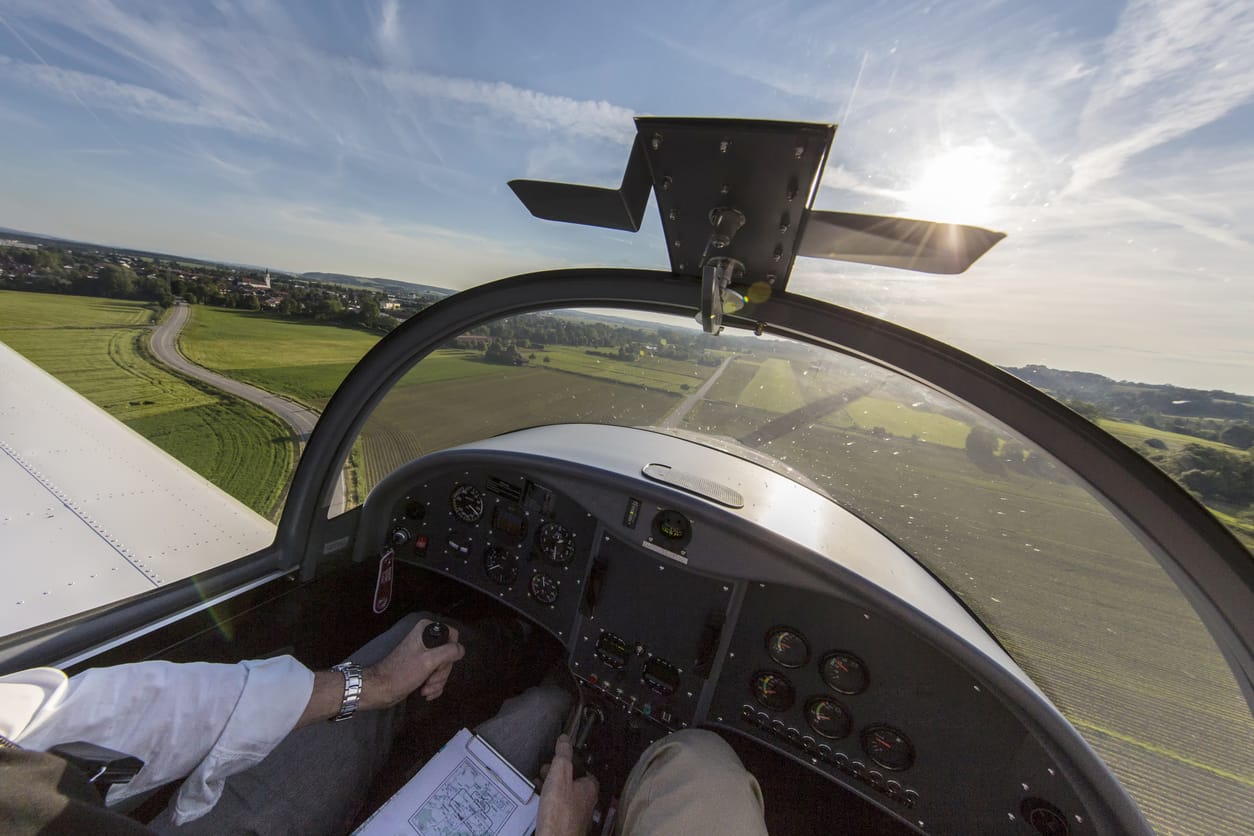
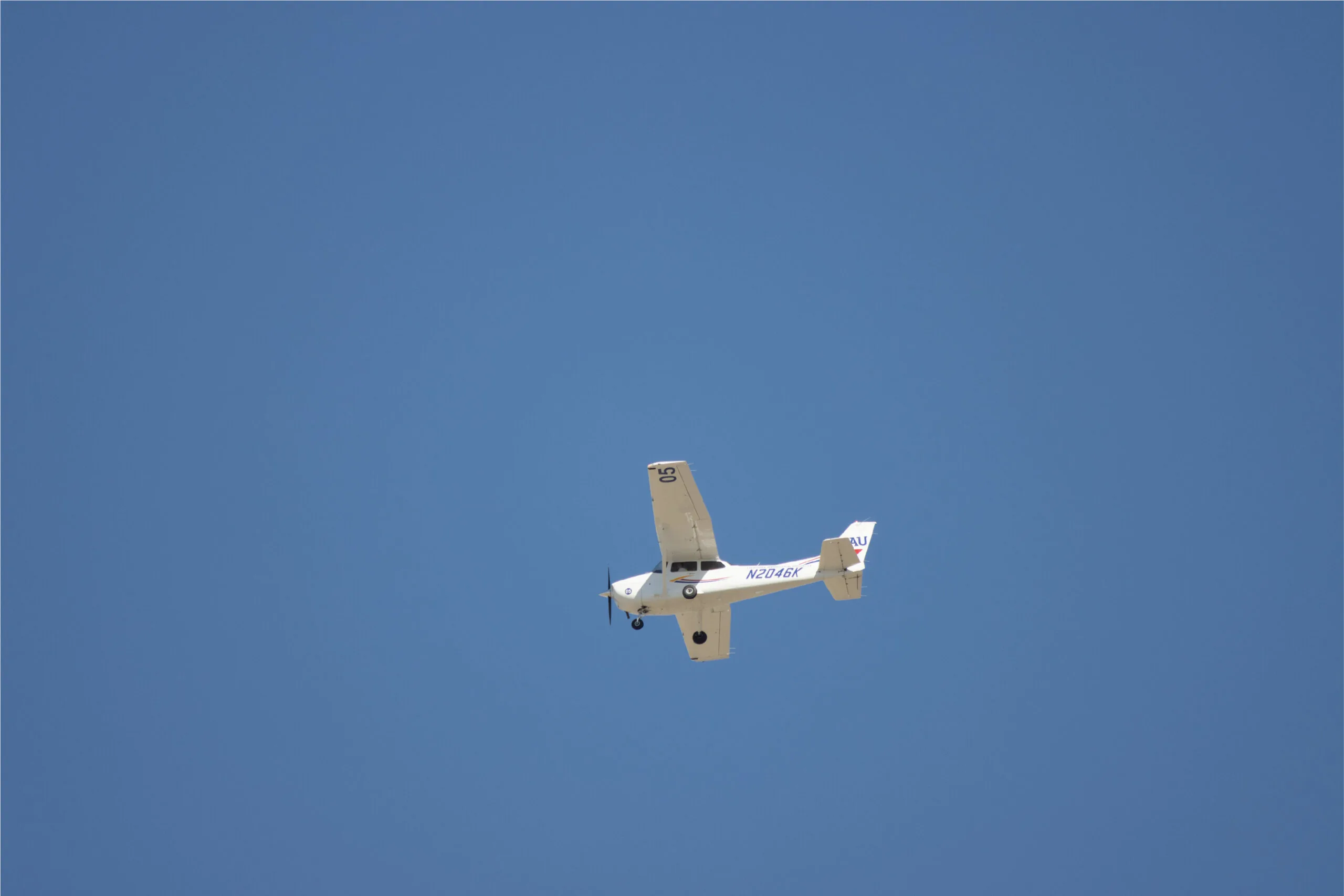
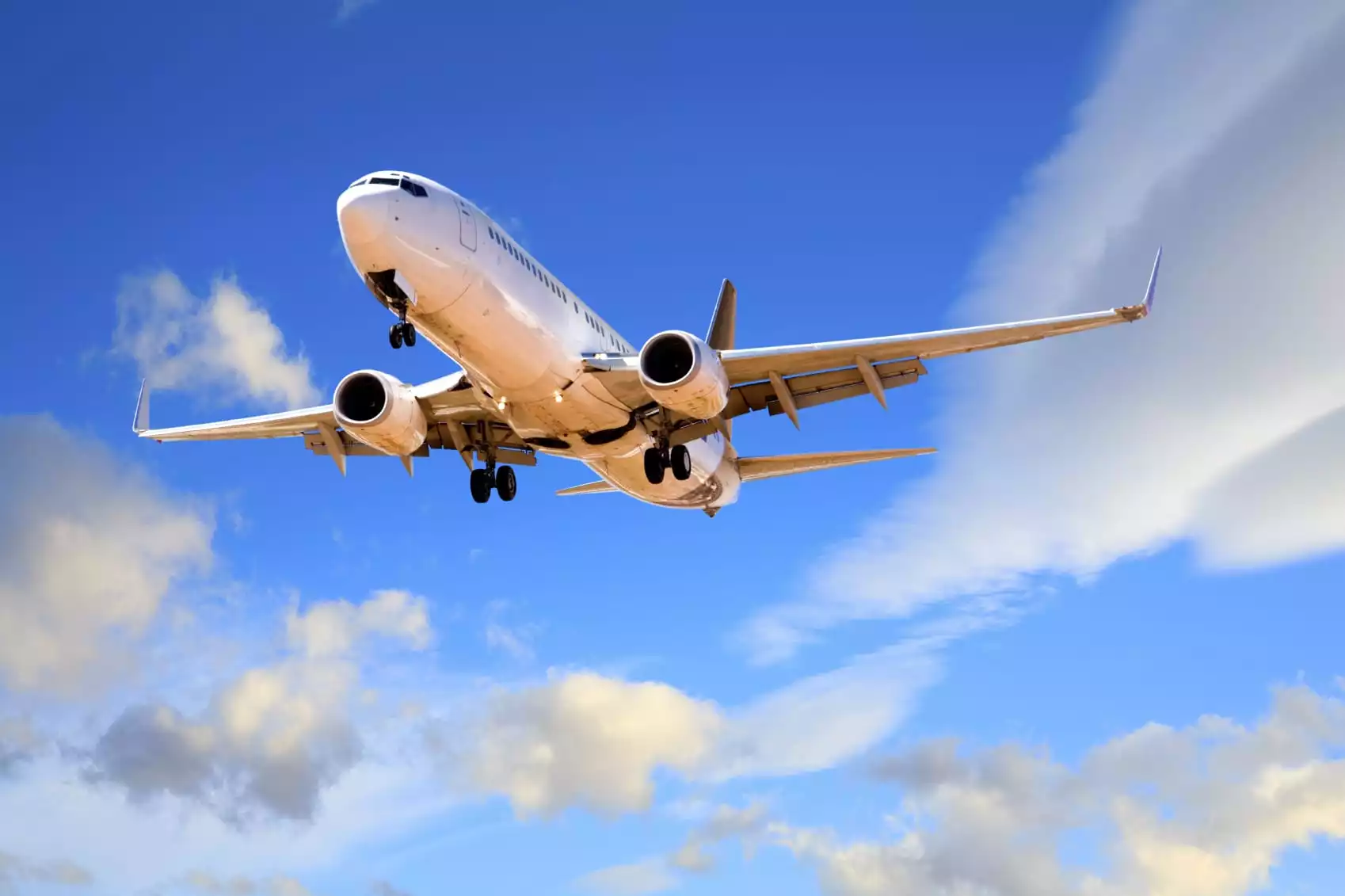
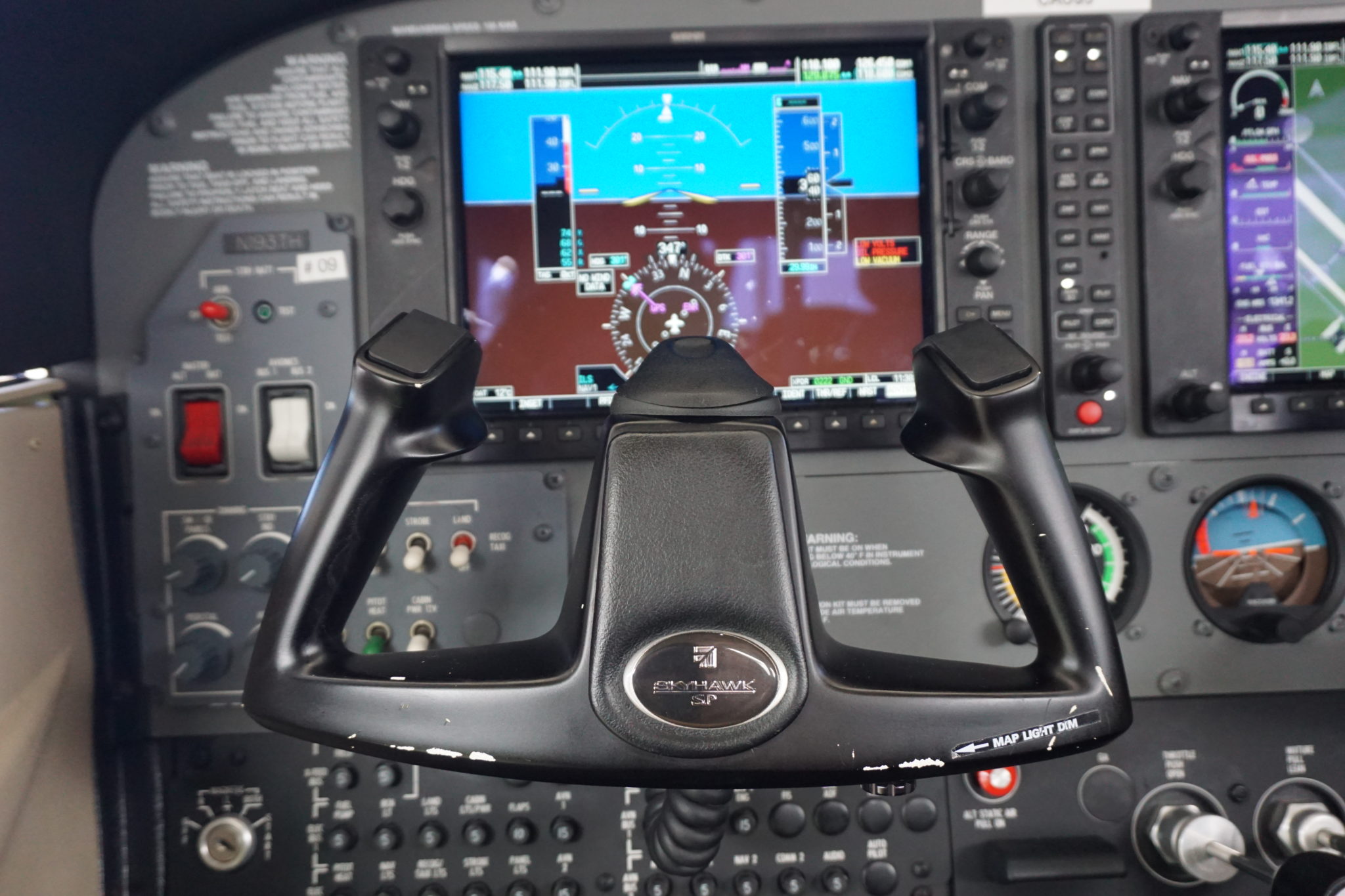
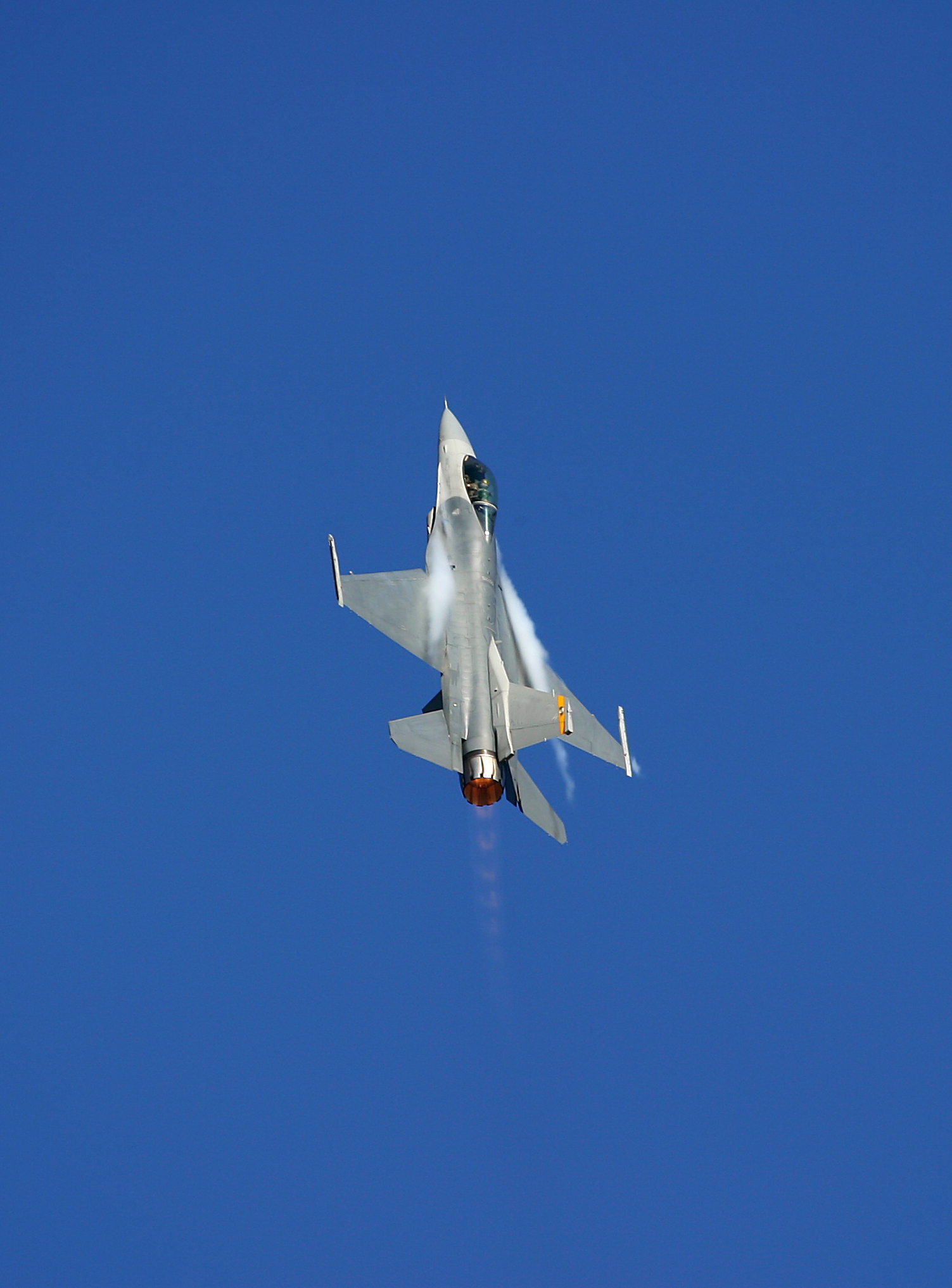
thank you for sharing useful article